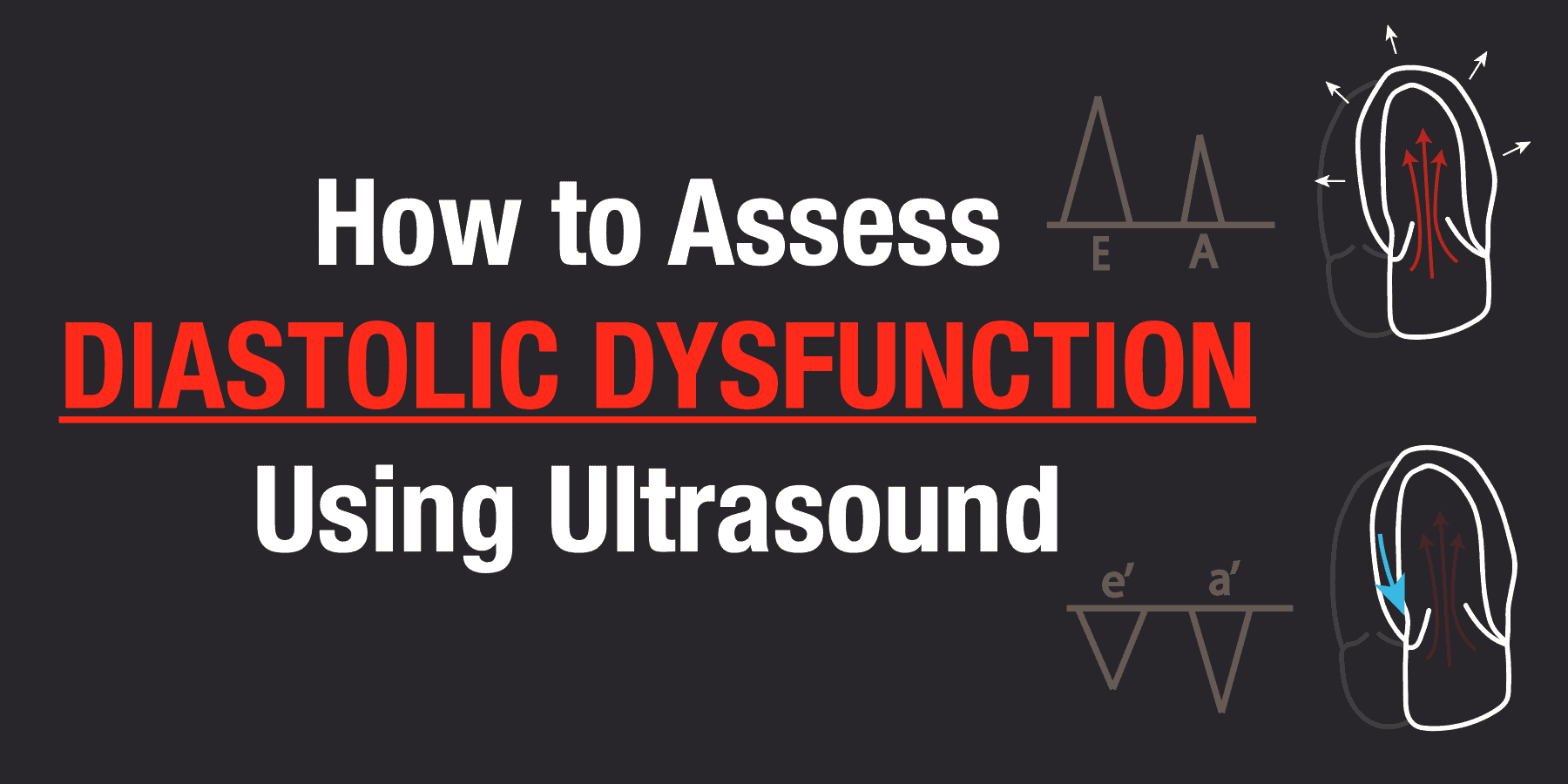The Group Reading Assessment and Diagnostic Evaluation (GRADE™ ) is a diagnostic reading test that that determines what developmental skills PreK–12 students have mastered and where students need instruction or intervention. Reading 101 is a collaboration with the Center for Effective Reading Instruction and The International Dyslexia Association. Introduction: How Children Learn to Read. Print Awareness.
- Reading and Assessment Program Guide is one title in the Tools for Instruction and Reading Assessment series. The series consists of twenty-four books that are companion pieces to Teaching to Diversity: The Three Block Model of Universal Design for Learning by Dr.
- Jul 17, 2017 - Explore Kelsey D.' S board 'Guided reading table' on Pinterest. See more ideas about guided reading, school reading, teaching reading.


Below is the uncorrected machine-read text of this chapter, intended to provide our own search engines and external engines with highly rich, chapter-representative searchable text of each book. Because it is UNCORRECTED material, please consider the following text as a useful but insufficient proxy for the authoritative book pages.
Guided Reading Assessment Kit
ATTRIBUTES OF GOOD PRACTICE GUIDELINES 55guidelines for which the Forum has contracted. These panels will need to make bothobjective and subjective assessments guided by instructions from the Forum. Thisreport is a step toward the preparation of an assessment instrument that the expertpanels can use in their reviews and deliberations (Appendix C). The AMA hasrecently taken a similar step by developing a preliminary worksheet to evaluatewhat it terms practice parameters (AMA, 1990b). Third, the committee sees the initial assessment of guidelines as part of anevolutionary process of guidelines development, assessment, use, evaluation, andrevision. This evolutionary process will involve the government, professionalorganizations, health service researchers, consumers, and others. As a result, thecommittee fully expects the set of attributes presented here to be tested, reassessed,and revised, if necessary. PRINCIPLES The identification of attributes of practice guidelines rests on four principles.These principles call for: ⢠clarity in the definition of each attribute; ⢠compatibility of each attribute and its definition with professional usage; ⢠clear rationales or justifications for the selection of each attribute; and ⢠sensitivity to practical issues in using the attributes to assess actual sets of practice guidelines ('accessibility'). That the definition of an attribute be clear and succinct is obviously desirable,although often difficult when one is working with very abstract or technicalconcepts. It is also desirable that the term used to label an attribute be recognizableand consistent with customary professional usage. The label should be a single wordor short phrase that is carefully chosen to convey the core concept. (Thus, attributeswill not be described by number, for example, Attribute No. 1.) The rationale or justification for each attribute should be clearly described, andit should also be consistent with the professional and technical literature and thelegislative mandate. The rationale should describe explicitly any trade-offs betweenthe theoretically ideal attribute and the practical, usable one. Practicality requires that attributes be definable in operational as well asconceptual terms; that is, it should be possible to devise an instrument that instructsassessors of a set of guidelines on how they can determine whether the guidelinesconform to the attributes. Not only is this necessary if the Forum is to judge thesoundness of the guidelines that emerge from
Next: PAST WORK ON DEFINING ATTRIBUTES »« Previous: WORKING ASSUMPTIONSBelow is the uncorrected machine-read text of this chapter, intended to provide our own search engines and external engines with highly rich, chapter-representative searchable text of each book. Because it is UNCORRECTED material, please consider the following text as a useful but insufficient proxy for the authoritative book pages.
ATTRIBUTES OF GOOD PRACTICE GUIDELINES 55guidelines for which the Forum has contracted. These panels will need to make bothobjective and subjective assessments guided by instructions from the Forum. Thisreport is a step toward the preparation of an assessment instrument that the expertpanels can use in their reviews and deliberations (Appendix C). The AMA hasrecently taken a similar step by developing a preliminary worksheet to evaluatewhat it terms practice parameters (AMA, 1990b). Third, the committee sees the initial assessment of guidelines as part of anevolutionary process of guidelines development, assessment, use, evaluation, andrevision. This evolutionary process will involve the government, professionalorganizations, health service researchers, consumers, and others. As a result, thecommittee fully expects the set of attributes presented here to be tested, reassessed,and revised, if necessary. PRINCIPLES The identification of attributes of practice guidelines rests on four principles.These principles call for: ⢠clarity in the definition of each attribute; ⢠compatibility of each attribute and its definition with professional usage; ⢠clear rationales or justifications for the selection of each attribute; and ⢠sensitivity to practical issues in using the attributes to assess actual sets of practice guidelines ('accessibility'). That the definition of an attribute be clear and succinct is obviously desirable,although often difficult when one is working with very abstract or technicalconcepts. It is also desirable that the term used to label an attribute be recognizableand consistent with customary professional usage. The label should be a single wordor short phrase that is carefully chosen to convey the core concept. (Thus, attributeswill not be described by number, for example, Attribute No. 1.) The rationale or justification for each attribute should be clearly described, andit should also be consistent with the professional and technical literature and thelegislative mandate. The rationale should describe explicitly any trade-offs betweenthe theoretically ideal attribute and the practical, usable one. Practicality requires that attributes be definable in operational as well asconceptual terms; that is, it should be possible to devise an instrument that instructsassessors of a set of guidelines on how they can determine whether the guidelinesconform to the attributes. Not only is this necessary if the Forum is to judge thesoundness of the guidelines that emerge from
 Next: PAST WORK ON DEFINING ATTRIBUTES
Next: PAST WORK ON DEFINING ATTRIBUTESGuided Reading Assessment Free
»
